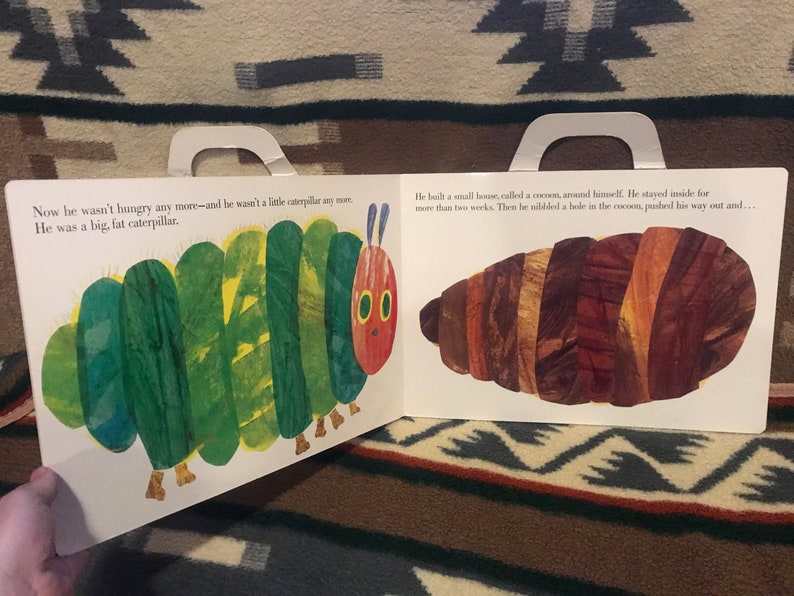

He is very hungry, after all.Įmpathy starts early: 5 Australian picture books that celebrate diversity And he doesn’t apologise for his appetite. The predictable and noncontroversial behaviour of animals is reassuring.Ĭarle’s caterpillar might be gluttonous, but at least he is true to himself. In books like Brown Bear, Brown Bear, What Do You See? (written by Bill Martin) he gives agency to bugs and beetles, and situates the smallest creatures on the same continuum as humans. He speaks to children through animals and insects.

Like many children’s authors, Carle enlists fantasy to serve the narrative. “It’s taken me a long time to realise, and it is sinking in.” “You know, now it’s sinking in,” he said. In an interview he gave not long before his death, Carle quietly acknowledged the importance of his work. ‘Caterpillar’ is a book of hope: you, too, can grow up and grow wings. I remember that as a child, I always felt I would never grow up and be big and articulate and intelligent. In 2014, when asked about the book’s popularity, Carle responded, “I haven’t come up with an answer, but I think it’s a book of hope”.Ī decade earlier, he seemed more settled on the idea:

Growing wingsĭespite The Very Hungry Caterpillar’s success, Carle always seemed baffled by the persistent buzz. With just 224 words, it has sold roughly a copy per minute since its publication in 1969. His most celebrated, The Very Hungry Caterpillar, is frequently cited as one of the best picture books of all time.

One Sunday morning, the warm sun came up - and pop! - out of the egg came a very tiny and hungry caterpillar.ĭescribed by author Mo Willems as a “ gentleman with a mischievous charm”, Carle might have appreciated the irony.Īll living things grow and change and die.īut while a caterpillar’s life is spectacularly short, Carle lived for 91 years. Eric Carle, author and illustrator of beloved children’s book, The Very Hungry Caterpillar, died on Sunday - the same day his famous caterpillar is born.


 0 kommentar(er)
0 kommentar(er)
